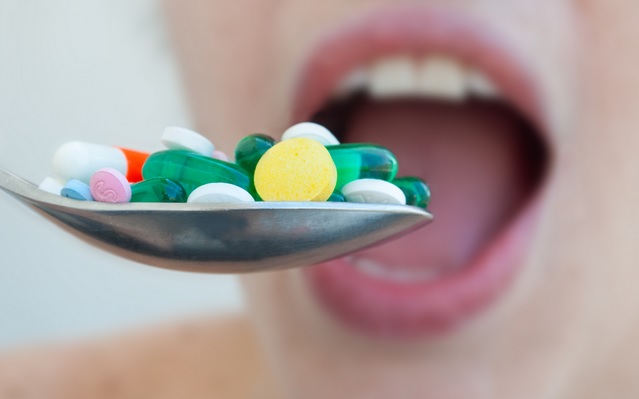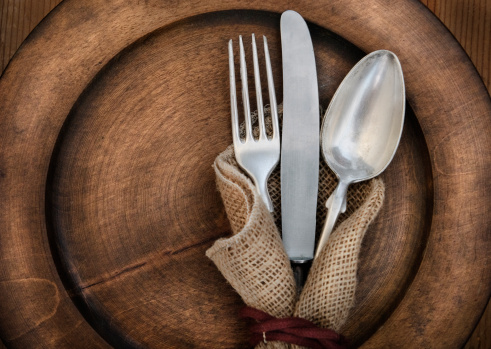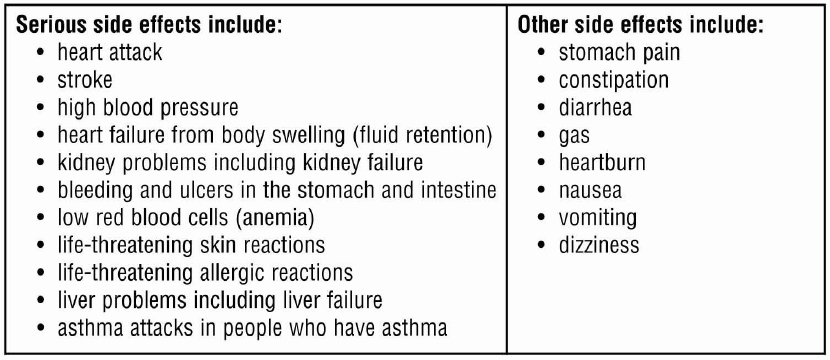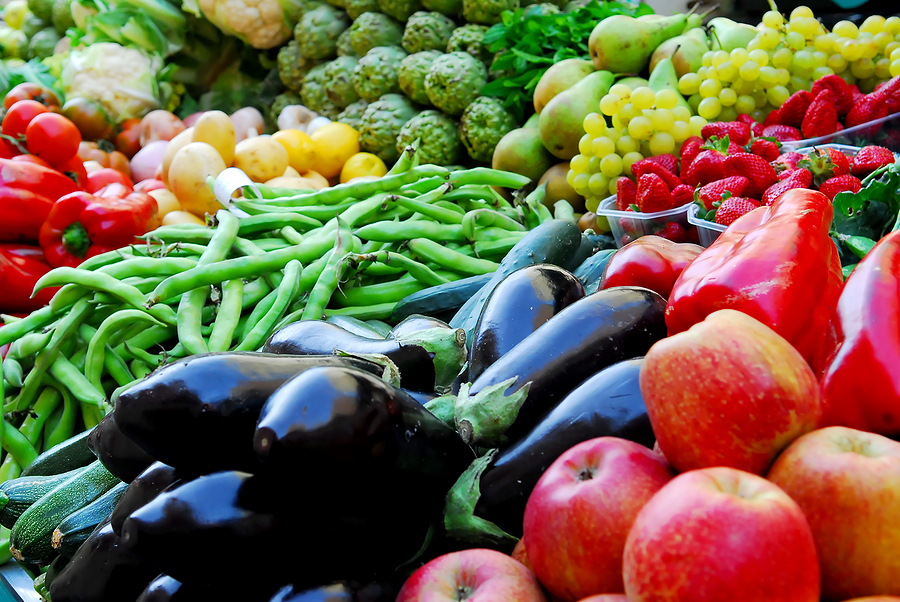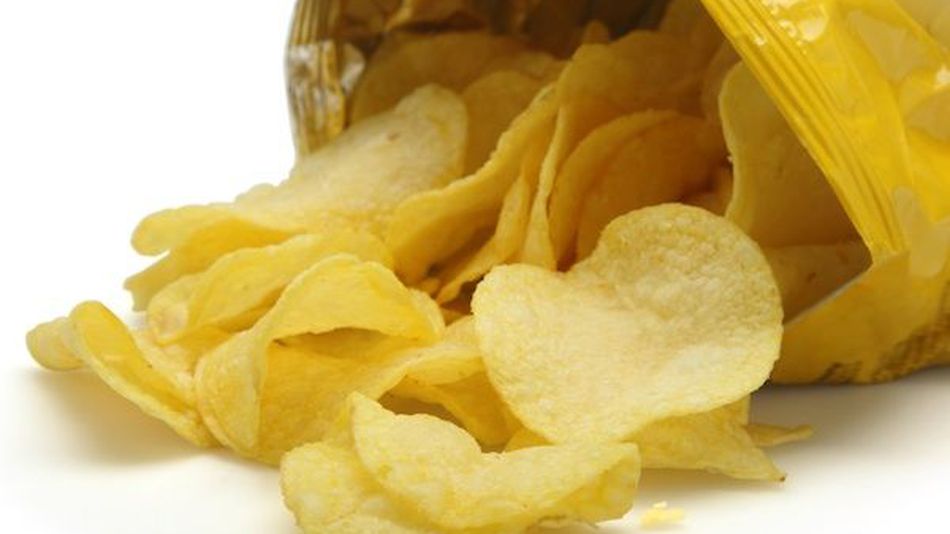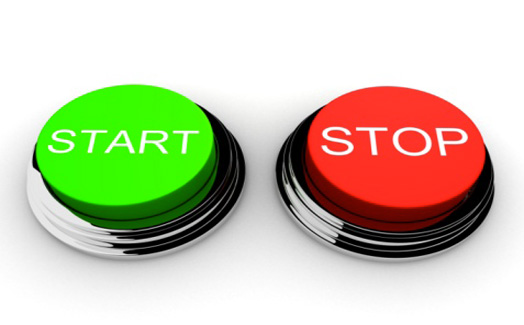You can make the decision to eat clean, or else… expect to eventually suffer the consequences that millions of others are now facing as a result of many years of bad nutrition.
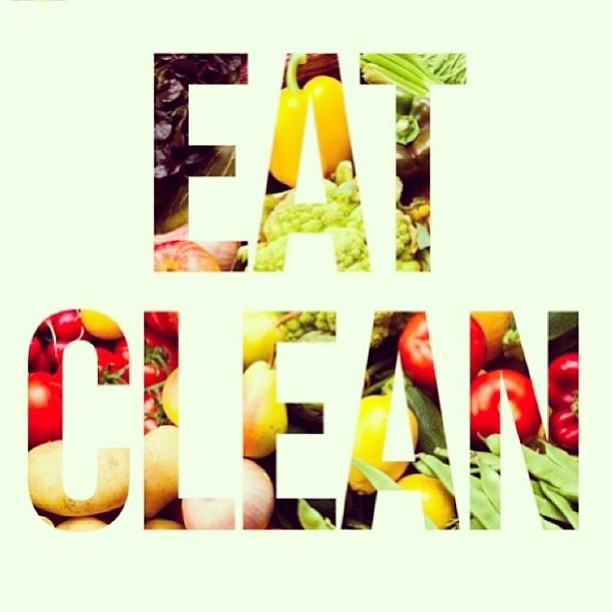 It’s harmless at first. And today’s “need it now” tendency not only popularizes quick-fix solutions, our society appears to be driven by this need for immediate gratification.
It’s harmless at first. And today’s “need it now” tendency not only popularizes quick-fix solutions, our society appears to be driven by this need for immediate gratification.
Fast food establishments and highly processed junk food have become the “norm”. They’re everywhere we turn. And here’s where this problem goes from bad to worse.
When our super-busy schedules and our desire to be efficient and productive are meshed with a fast food option posing as a nutritious solution, the result appears to be a good fit.
But is it?
So you start to gain a little weight. It’s innocent at first. You’re getting older, so “it’s probably normal”. At least that’s how we rationalize it. And since you have no time to figure out a better way, you just keep going at it the same way. But expecting different results.
And you know what that leads to…
You think, “if only there was a pill on the market that could help me lose a few pounds, I’d be able to conquer this weight problem for good”.
Well of course there’s a pill for that. But does it really help anyone?
Stop and think for a second. If there was such a thing as a weight loss pill that actually worked, as so many companies claim and promote in their marketing, wouldn’t everyone be thin? Or at least, most people? (This question doesn’t deserve an answer because it’s so obvious).
Fast forward, and now these innocent few pounds have become more noticeable. This is one of the consequences you face with poor nutrition. You gain more fat, which leads to excessive weight gain.
Compound this over a few years, and debilitating diseases that were once preventable start to emerge.
This has become widespread. And it’s getting worse; not better.
Did I make you stop and think about your own eating habits?
I hope so!
It doesn’t have to be this way.
But if you need a little more proof or convincing, just look around and observe the number of fast food establishments that exist.
And the highly effective marketing techniques that begin targeting our kids at an early age.
Or the abundance of “big pharma” commercials claiming to cure a gazillion ailments as long as you can handle the long list of side effects.
Why are all these drugs being developed in the first place? Could it be the result of too many years of bad habits that include laziness, neglect, and failure to take complete responsibility for ourselves?
You can also observe that more people are overweight than are fit.
This is not a threat or a scare tactic, or meant to be disrespectful.
It’s reality. And something’s gotta change…
So let’s shift gears and talk instead about a solution – eating clean.
Eating clean has worked for me for many years, and I want to help you understand it better by sharing my interpretation and approach.
What exactly is eating clean?
To “eat clean” means to eat foods in their natural state. Or as close to their natural state as possible. This includes whole foods like fruits, vegetables, and grains.
I also include chicken, fish, and lean meat in my description. But where it can go awry or get a bit confusing depends on how it’s prepared, and what you put on it before you actually eat it.
You’ve heard of whole foods. Not the fancy grocery store, but the term used as a type of food.
Whole foods lived at some point – in the ground as a plant, above the ground as an animal, or under water as a species of fish.
Let’s take a closer look at whole and processed foods, and contrast the differences.
Plant-based whole foods contain vitamins, minerals, fiber, and antioxidants. By including chicken, fish and lean meat, you gain the benefits of protein, and the necessary amino acids that make up that macronutrient.
In addition, the omega-3 fatty acids found in cold water fish is a great source for providing the essential healthy fat our bodies need. Omega-3 fatty acids are also found in other whole foods like eggs, Brussel sprouts, and walnuts.
On the other hand, processed foods are man-made. They may have started as a whole food, but at some point during manufacturing, most of the nutrients were removed. And other ingredients were added, including chemical preservatives to increase shelf life.
Think about a box of linguini. That didn’t come from a plant. But you’re thinking, it’s made from “wheat ingredients” which came from whole grains. Yes, but to make the finished product, the whole grain no longer exists as it initially did because it was processed out.
So even though linguini may taste good, what you end up eating has little to no nutritional value.
I want to make a quick point about macronutrients, which we’ll talk more about in Pillar 6. But it’s important to this part of the discussion, so…
Here’s a crash course on macronutrients:
When it comes to nutrition, our bodies need macronutrients to survive. Macronutrients are the main components of our nutrition and must be obtained through our diet. Macronutrients perform vital functions and supply our bodies with energy (aka calories).
There are 3 macronutrients that our bodies need:
- Carbohydrates – contain 4 calories per gram
- Protein – contains 4 calories per gram
- Fat – contains 9 calories per gram
Yes, that’s right. Carbohydrates (carbs) and fat are essential to our nutrition and good health. And it’s important to note that quality matters. And 1 or 2 won’t suffice, as some of the bogus carb restricted and low fat diets suggest. We need all 3.
In general, you should aim for approximately 50% of your daily calories from carbs, 30% from lean protein, and 20% from healthy fat. And while exceptions may apply, these ratios are a good benchmark for most of us to aim for.
To put this in perspective, let’s do some quick calorie math with chicken that’s prepared 2 very different ways.
- A 4-ounce serving of grilled chicken contains approximately 36 grams of protein, which equates to approximately 144 calories.
- Compare this to a 4-ounce serving of chicken that’s been breaded and fried, and you’re looking at approximately 337 calories. And this doesn’t take into consideration additional saturated fat, sodium or other factors.
It’s worth noting that a 4-ounce piece of chicken is slightly bigger than a deck of playing cards.
Now let’s look at an example of eating clean.
Have a piece of grilled chicken or fish with a steamed vegetable like broccoli, cauliflower, asparagus or Brussel sprouts. You may also want to include a sweet or baked potato, or brown rice as a starchy carb. And a salad with extra virgin olive oil & vinegar (or lemon juice).
To me, eating clean means avoiding processed foods crap, and all the nasty preservatives that are synthetically infused into food that’s already low in nutritional value, just to extend shelf life.
Basically, if it comes in a package with ingredients you can’t pronounce, it probably isn’t a whole food, which usually means that it’s been manufactured. So I just say no and avoid it.
Commonly consumed things like (but not limited to) chips and other snacks, cold cuts, bread, baked goods and desserts, boxed meals like mac ‘n cheese, sugary breakfast cereals, creamy soups, and everything that comes out of vending machines should be avoided.
All are highly processed. And fast food is on that list too. Learn to say no if you’re serious about your good health.
And sorry, but I can’t accept excuses about not having enough time or money to eat clean. Or that you lack the desire to eat clean because you don’t like (name the vegetable). There are plenty of options, so lose your excuse and make the change!
Eating clean is a sustainable, deliberate action that’s crucial to your good health. It’s high quality fuel for your mind and body. You have a choice and get to decide what you will eat, and what you won’t.
Eating clean may require more conscious effort and planning for you in the beginning. But over time with consistency, it becomes a discipline that evolves into a very healthy lifestyle.
Eating clean is YOUR responsibility! It’s up to you. And it matters!
Over the next month, we will unpack this habit in more detail. But in the meantime, what can you do over the next week to clean up your eating habits? Pick one new thing you will start eating this week, and balance it out with one thing you will stop eating.
- START eating grilled chicken and fish.
- STOP eating all fried foods.
- START eating more fruit.
- STOP or minimize your sugar intake.
- START eating raw veggies, and nuts or seeds for a snack.
- STOP eating chips and all related junk.
- START bringing a healthy lunch with you.
- STOP eating fast food.
- START cooking at home.
- STOP or reduce the number of times you eat out.
- START drinking more water (which you should already be doing).
- STOP drinking soda and sweetened beverages.
Pick one of these START and STOP combinations, and make it a habit starting this week.
In addition to building new habits, we’re eliminating the unhealthy ones too. There’s no quick fix, and it will take some time. Which is why we are focusing on ONE new healthy habit per month.
Thank you for sharing your time with me. I hope you found value.
Now it’s time for YOU to take action…
What’s your Win to be Thin? Leave a comment below.
Click here to subscribe. You’ll receive an email with a link to each new post. And if you know someone that can benefit from this content, please share it with them.

